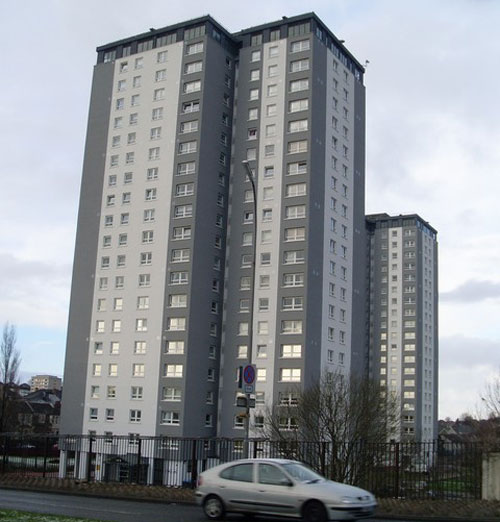A two year project has started to record the social history of Glasgow’s notorious high-rise flats for the first time.
Researchers from the Glasgow University will collect experiences from the residents of the tower blocks that have left their mark on the city skyline.
Much has been recorded about tenement life in the city but this will the first project of its kind focusing on the multi-story flats first built in the 1950s.
Glasgow is believed to have had the highest concentration of high rise flats in the UK. At its peak there were around 230 blocks home to thousands of people.

The project will focus on four areas in the city Moss Heights in Cardonald, Wynford in Maryhill, Castlemilk and the Gorbals.
Leading the research is Lynn Abrams, professor of Modern History at Glasgow University.
“Our aim is to look at the social history of public housing in Glasgow, which really hasn’t been written,” she said.
“Everyone writes about the tenement, but we don’t know anything very much at all about the 20th-century history of social housing in Glasgow.”
She continued: “They were regarded by some as the solution to the problem of working class houses in cities like Glasgow and Edinburgh, where there was a huge overcrowding problem and absolutely dreadful housing stock which would have cost a fortune to renovate in the post war era.
“The high rises were seen as a cheap solution and a quick solution – and they could also be packed full of what were then regarded as ‘mod cons’, such as running hot water and heating.
“When people moved into them, the did think they were marvellous and cosy and had all the facilities that people needed.
“But there were so many problems with them, mainly to do with the quality of the housing stock.
“Quite often the quality really showed through after a few years – problems with damp, ill-fitting windows, maintenance and the lifts working. There were all sorts of issues with them quite quickly.”
Co-researcher Dr Valerie Wright, added: “With this study we are looking at the past with the idea of informing the present and the future.”

